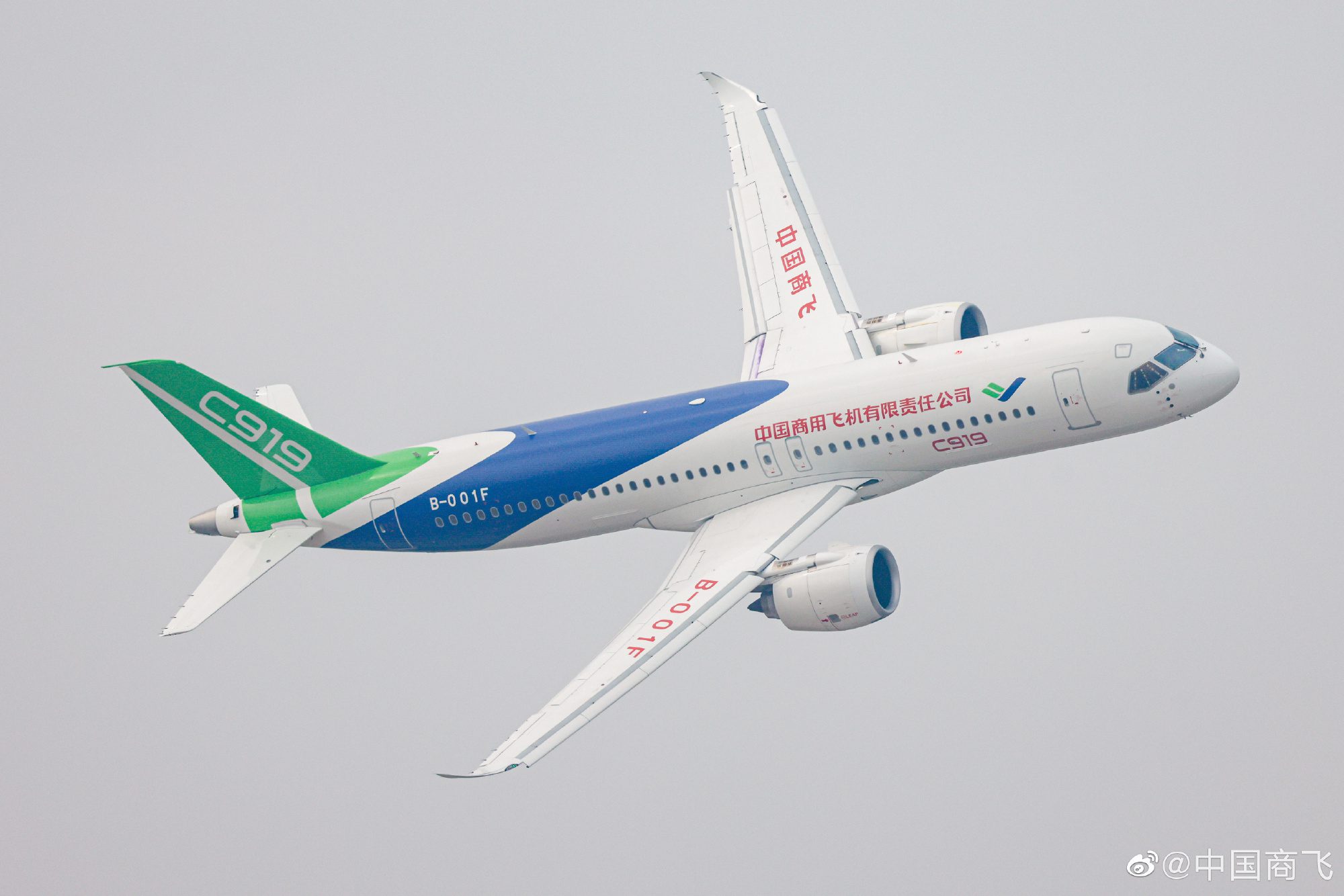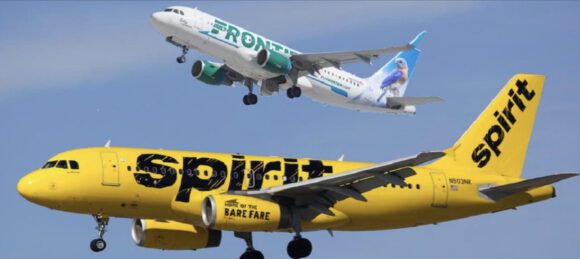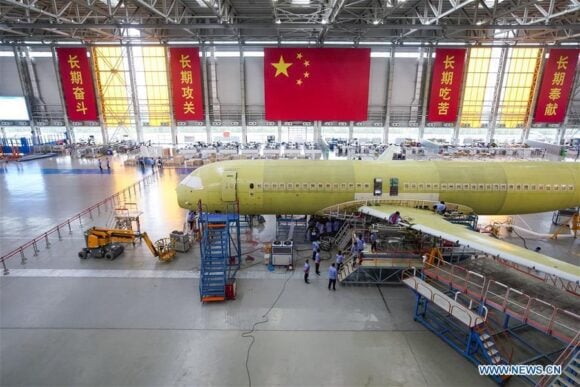
005Ayu5Yly1gk8lat25gvj347x2tckjv
The SCMP reports that EU regulators viewed the COMAC C919 last month. The hope is that the optimism reflected in the “positive” feedback can translate into EASA certification. During their visit, the EASA technicians once tested the C919 airliner level D flight simulator, which simulates takeoffs, landings, and various emergencies, according to the report. However, they did not conduct a field test flight.
Earlier this year, it was reported that CAAC hoped for an EASA certification in 2025. Because of global reciprocity between certification agencies, the aircraft can fly commercially globally once the C919 has an EASA certification.
Our analysis of the C919’s fuel burn numbers shows it to be at least comparable to the 737NG and A320ceo. Only a handful of C919s are operating, so the data is thin. Moreover, these few are almost certainly carrying extra fuel as a precaution as operators get familiar with it. We believe these initial numbers are going to improve as the operations grow. We see this in the data for all aircraft – over time, fuel burn improves until an aircraft ages.
COMAC’s challenge is not the C919’s performance—it will deliver competitive economics—but the production rate. COMAC’s delivery rates are insufficient to meet demand even with existing Chinese orders.
Because the C919 depends on Western engines and avionics, the C919 is as dependent on Western supply chains as the Airbus and Boeing models. However, with its slower production rate, the supply chain won’t gear up for faster production until COMAC can achieve this.
The supply chain would jump at the opportunity to produce and deliver more, but can it even do this? The supply chain is hampering Airbus, which has an FAL in China. FAL delivers aircraft to EU and Asian operators.
It is exciting to see COMAC at this stage, but the next steps after an EASA certification are not straightforward.
Views: 432




